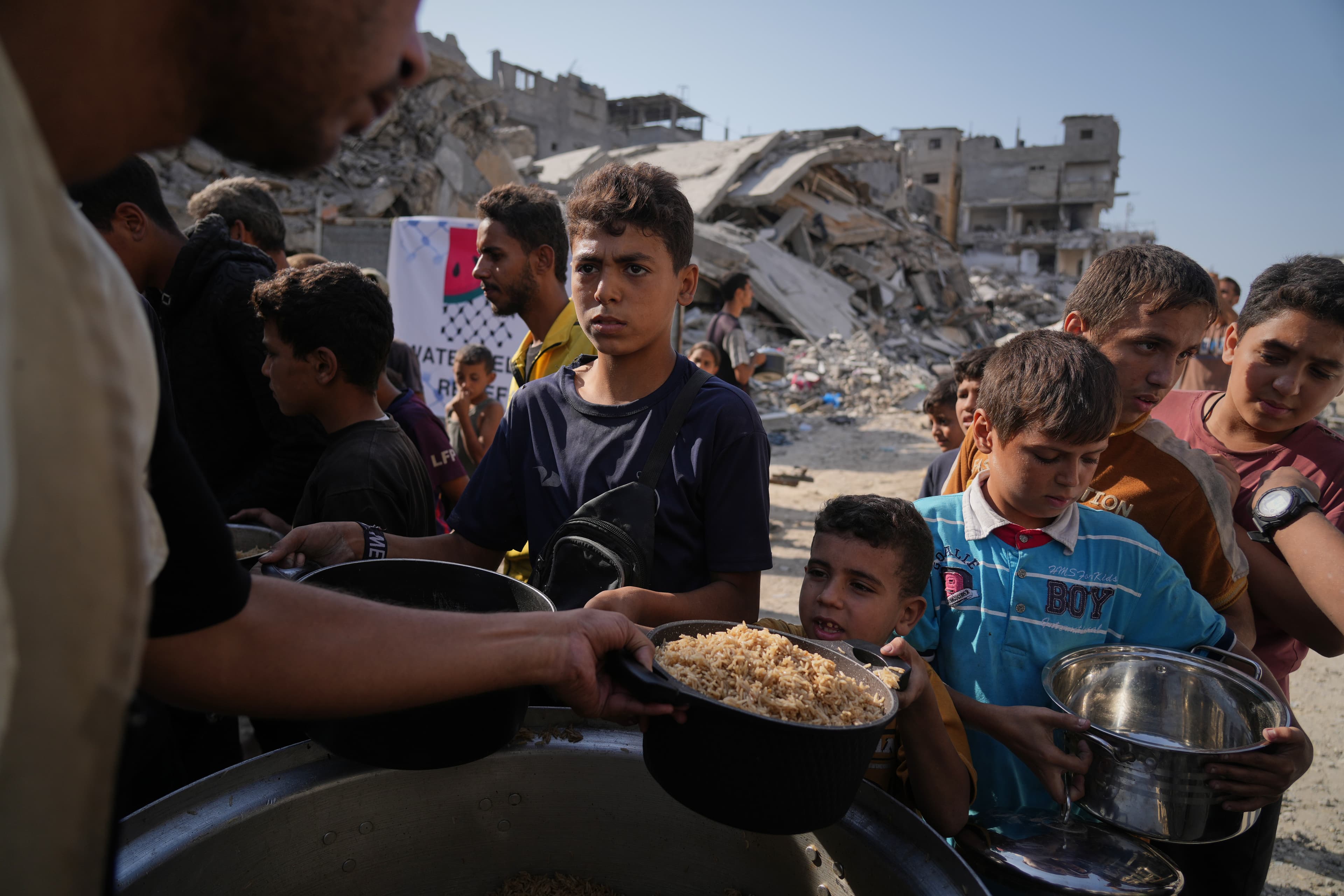The people of Gaza need everything, but little arrives. The Strip continues to suffer from a shortage of food, drinking water, shelter, and medicine. And the attacks that yesterday broke the fragile truce after less than three weeks can only make matters worse."Even after the ceasefire, the aid allowed by Israel has been decidedly insufficient," Simone Garroni, general director of Action Against Hunger, explained to Fattoquotidiano.it."The situation remains extremely difficult."
“In recent weeks, we have regained access to our old warehouse, and this allows us to work better. We have also resumed distributing hot meals.” Little progress, however. “Aid remains very scarce; free and complete access is needed immediately. I always provide some numbers as a guide. Before October 7, 2023, 500 trucks were entering a day, and the situation was difficult, but it had nothing to do with the devastation we see now. Today, we are talking about 600 trucks a day, when at least 1,000 or 1,500 are needed. Although it is difficult to make a precise estimate.” Garroni thus confirms the concerns of other humanitarian organizations, who are calling for the restrictions to be lifted. In recent days, 41 NGOs, including Oxfam, Doctors Without Borders, and Terre des Hommes, have accused Israel of blocking $50 million in aid at border crossings. Emergency shares the same sentiment: its workers are faced with daily shortages of basic medical supplies, such as gauze, which are essential for treating patients arriving at their clinics. According to the Gaza Strip government, 986 trucks have entered the country since the ceasefire came into effect on September 21. This figure is well below the 6,600 expected.
"The priorities now are above all water, food, and protection ," Garroni continues."We need to rehabilitate the water management systems, which can no longer be supplied by tanks and reservoirs alone, and begin waste cleanup work to reduce the spread of disease. We also need tents for people to sleep in." Shelter is no small matter: winter is coming, the cities are reduced to piles of rubble , and thousands of people are homeless."The largest tents have components that are classified as military and therefore cannot be imported. This illustrates the obstacles and the difficulty in providing assistance."
The organization recently published the map of the main global food emergencies (CAN BE CONSULTED AT THIS LINK). The Gaza Strip, together with Haiti and South Sudan, is among the countries where the incidence of hunger reaches extreme levels : from 50% to almost 100% of the population. In addition to these three countries, there are the ten countries with the highest number of people suffering from acute food insecurity. They are Nigeria, Sudan, the Democratic Republic of the Congo, Bangladesh, Ethiopia, Yemen, Afghanistan, Pakistan, Myanmar, and Syria. Over 196 million people live here and suffer from acute hunger. 30 million children suffer the consequences of malnutrition.
“From 1990 to 2015, hunger, infant mortality, and malnutrition have steadily decreased. This shows that hunger is not inevitable; it is man-made.” In recent years, however, the trend has reversed. Three factors in particular are increasing food crises: climate change, conflict, and economic instability. “First of all, droughts and floods have increased. Then there is the issue of economic instability, manifested by food inflation and speculation on raw materials, which exposes the most vulnerable segments of the population to the inability to access food. Furthermore, in war zones, humanitarian access is increasingly difficult and hindered.” Finally, the sore point of funding cuts and the progressive disengagement of governments on this front."Needs are increasing while resources are decreasing. It's absurd, especially when you consider that hunger depends on us and we are the ones who could eliminate it." The only way to combat food poverty, Garroni concludes, is to move beyond the emergency and"adopt an integrated approach" capable of building long-term autonomy."Only in this way can we break the cycle of hunger."

